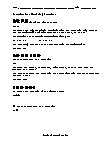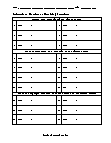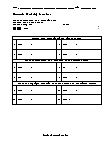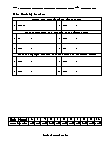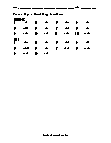Rewriting Fractions Worksheets
How to Rewrite Fractions Working with fractions can be a difficult task for students to deal with because developing an understanding of fractions takes time. The operations with fractions make it even more complex to get a grasp. Students have learned that the operation of addition and subtraction in the fractions is re-grouping of numbers or sets to form a new set of numbers. However, if they are asked to rewrite a fraction, they might get confused that what exactly does it mean? Well, to make it simpler and understandable, rewriting the fractions refer to the process of simplifying the fractions, or reducing it down to a simpler number. There are many ways to rewrite a fraction, but in mathematics, you will most commonly be required to simplify it. Consider the following examples that describe different ways of rewriting a fraction. 22/7, this fraction can be broken down and written as, 20 +2 /7, or it can also be written as 3 + 1/7. Interesting right? Another example is 40/8. Now this one can be reduced down in its simplest form as dividing the number 40 by 8, and you get 5. If you come across an operational fraction that also has variables/letters, for instance, 4/9 + 9/3 m, t can be rewritten as 4/9 + 3m.
-
Basic Lesson
Demonstrates how to rewrite fractions. Includes practice problems. Determine the highest common factor of both the numerator (top number) and the denominator (bottom number). In this case, it is 15.
View worksheet -
Intermediate Lesson
Shows students step by step how to write an improper fraction as mixed numer. Also includes writing decimals in lowest terms. A mixed number is a whole number and a fraction. Begin dividing the numerator by the denominator.
View worksheet -
Independent Practice 1
Students rewrite decimals, fractions, and mixed numbers in lowest terms. The answers can be found below.
View worksheet -
Independent Practice 2
20 problems that review all skills within the unit. The answer key is below.
View worksheet -
Homework Worksheet
12 problems to reinforce the lessons and practice pages. An example is provided
View worksheet
What do you get when you take...
1/2 of 2/3 of 3/4 of 4/5 of 5/6 of 6/7 of 7/8 of 8/9 of 9/10 of 1000? The key to this problem is working backwards. You take 9/10ths of 1000 and get 900. 8/9ths of 900 equals 800 and so on until you reach 100.
